If you are a newbie photographer, you’re probably asking yourself, “what camera should I buy?”
Or maybe you just want to upgrade your current camera to something more advanced, if so, then chances are that you’re on the brink of buying your first DSLR camera.

Unlike the point and shoot variety that directly records light or images on an electronic sensor, a DSLR uses a mirror to reflect light from a subject via an internal system along with a viewfinder if it has an open shutter.
These cameras are preferred by the professionals because they allow interchangeable lenses which give them a wide range of options and features when it comes to focal lengths and, of course, quality. You should choose a DSLR by taking your own requirements into account. This guide will help you narrow down the best camera option for your needs, so without further delay, let’s learn a bit more about this state of the art camera.
Contents
Should I upgrade to a DSLR from a Point and Shoot?
If you are having trouble letting go of your trusty point and shoot camera, you are seriously missing out.
The ‘SLR’ in DSLR stands for Single Lens Reflex, and this should tell you exactly what the lens in the camera sees. When you look through the viewfinder, you are actually looking through a series of mirrors and prisms that allow you to do this. Point and shoot cameras that have a viewfinder only give a pale impression of what the lens sees. The ‘D’ in DSLR stands for Digital compared to a film SLR.
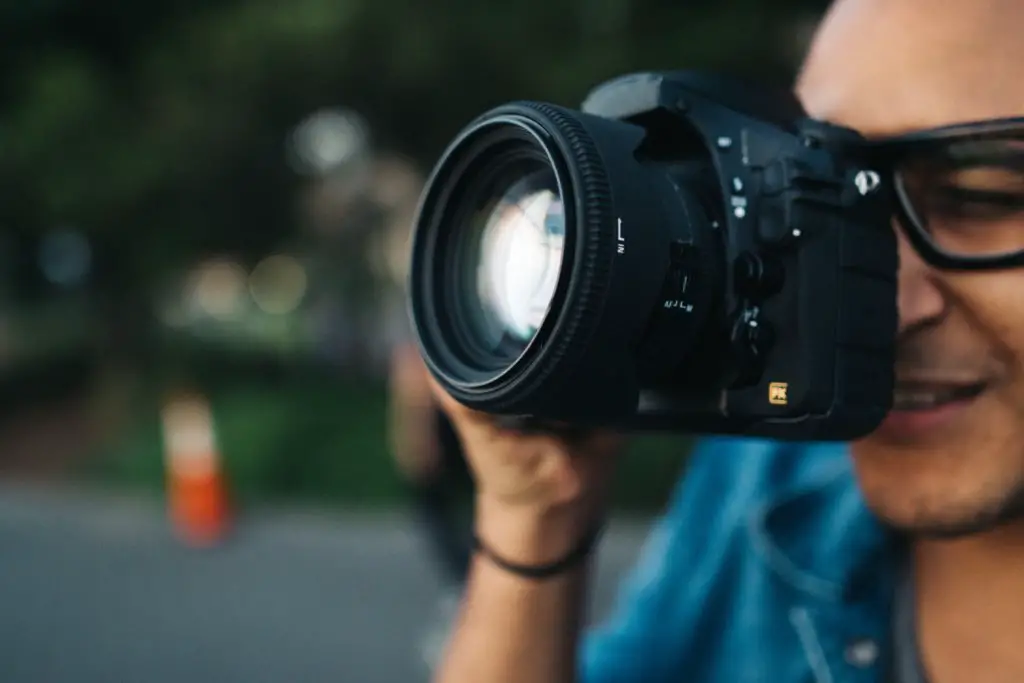
So why do you need a viewfinder when the LCD screen does the job? If you have ever tried to look at that screen in sunlight or while shooting on a sandy beach, you will know the answer. The viewfinder will shield your eye from the sun so that you can see the image clearly. Plus, unlike a point and shoot camera that uses only specialized lenses for inflexible image capture, a DSLR allows lens changes which means that you can zoom in and get clearer pictures.
Plus, DSLRs also have a bigger digital sensor compared to a point and shoot camera. This reduces noise and ensures better quality images. In other words, even if you use a point and shoot with 10 megapixels, it will not give you the quality that the DSLR with the same megapixels can.
What Should I Look for in a DSLR?
Check out the Different Brands
While most of the high-quality DSLRs are produced by Nikon and Canon, you can also get some really good ones from Olympus and Sony. While no one brand is better than the other, looking for a DSLR from one that gives you a range of choices may be a good idea at first.
The bottom line is no one will praise the brand you choose – the way you take pictures will point to your skills as a photographer and how well you can use the camera. No one is going to point to a picture in your photography series and say ‘wow, that’s a great Canon image.’ It’s all a specifications and features game.
Don’t Focus too Much on Megapixels
Almost all basic DSLRs have at least 10 megapixels worth of digital sensors. These are basically the complete number of points of light that the sensor has to produce to capture an image. However, contrary to popular belief, more megapixels do not mean better quality pictures but 10MP is quite sufficient for newbies. That’s because this is perfect for any size print that you may make.
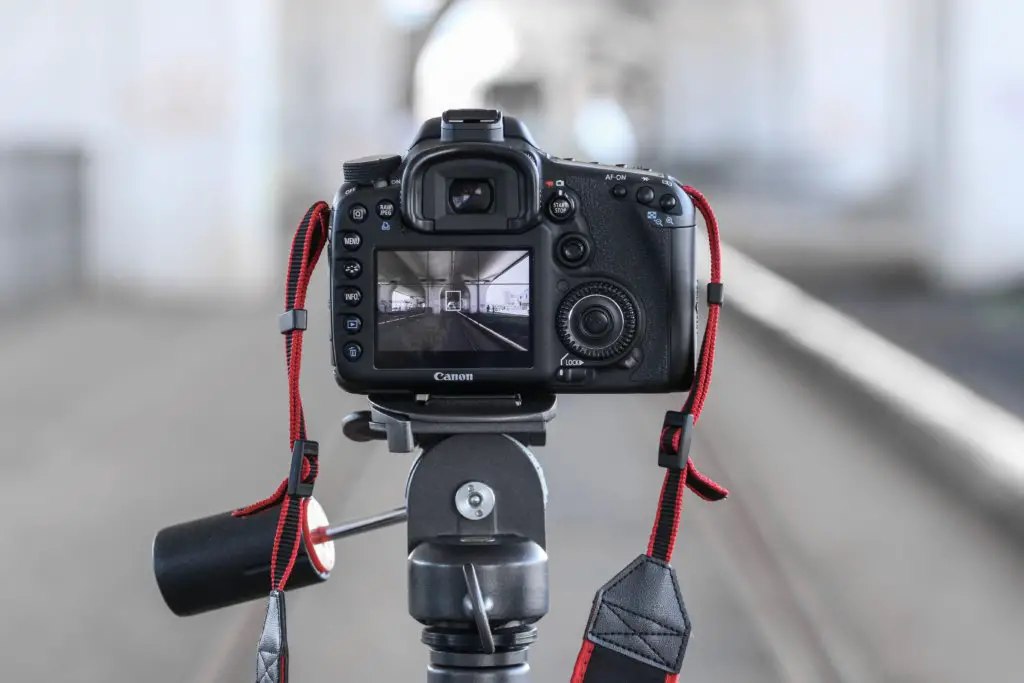
To figure out the print size you are going to get from a DSLR, look at its specifications for large image specs. Once you find it, divide it by 300 and that will give you the maximum print size for that camera. If you wish to print out 4” x 6” or even 8” x 10”s, then any camera may be suitable for your needs, but if you need large, museum-friendly pieces, you need a DSLR.
A lot of pixels may actually trip you up in some cases. For example, if your computer is not advanced enough, i.e. it doesn’t have a fast processor and large memory, processing an image that is around 21MPs may not be possible. Too many megapixels will also affect the ISO performance depending on the brand you go for. In other words, even though you shouldn’t ignore MPs, they should not be deal breakers for you when you are looking for a DSLR.
ISO Numbers Are Not Accurate
ISO refers to a digital camera’s sensitivity to light. The higher the ISO’s capability the better the performance and the clearer images you can get in low light situations. If you love to photograph nature on nice sunny days and use a flash indoors, you may not have to worry about this.
It all comes down to your needs. If for instance you want to shoot a sporting event indoors or a wedding where the flash is not allowed, you should get a DSLR with high ISO.

Most DSLRs have 100 (which allows plenty of light) to 1600 (which allows low light) ISO capabilities. Different manufacturers offer different ISOs and some may also give as high as 3600 to 6400 and higher. However, just like MP, high or low ISO does not guarantee performance because the camera may not necessarily perform at that level.
Most cameras can only produce images at marks that are a little below the ISO number they claim. Most are capable of ISO 1600 but even ISO 400 ones can produce images without excessive noise. If this specification is important to you though, you should look through review sites to narrow down your choices.
Frames Per Second Determine Number of Images Captured
Frames per Second or FPS refers to the images your camera can take in a row. To do that you need to press down on the shutter button or in multi mode. If you want to capture minute details of your subjects, watch out for this feature when you are DSLR shopping.
However, if you want to take your time and just snap a few pictures here and there, this feature may not seem as important. It’s perfect for photographers who wish to shot fast sporting events and elusive wildlife.
If you are the former, look for a DSLR that offers 2 to 3FPS and 8FPS or more if you are the latter. Irrespective of the FPS, make sure that you go for High Definition cameras. If you are taking less pictures at least you will know they will come out great and even if you are taking multiple ones simultaneously, you won’t have to spend much time editing them.
Why Lenses Matter
The lens is one of the most, if not, THE most important component that you need to consider when you are shopping for a DSLR. These are basically the main tools that determine the quality of the images you capture and define the difference between average snapshots and professionally rendered images.
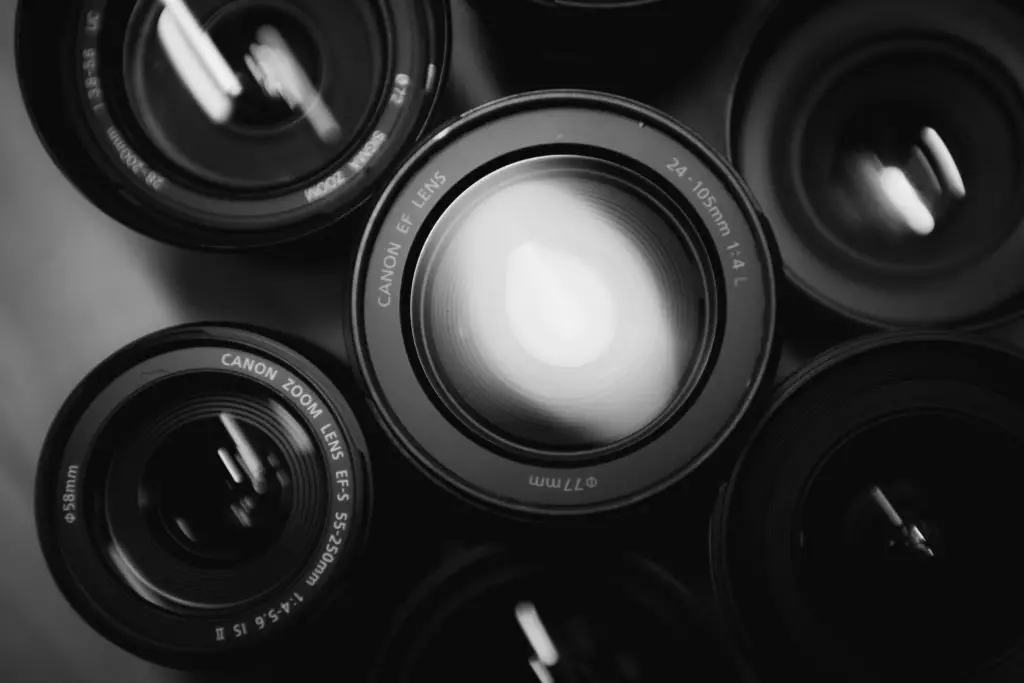
Since the DSLR you choose is directly proportional to the type of lens you can get, this is one of the first things you should look at. The lenses you get will depend on the focal length . For example, if you have a full frame camera you can capture a wide or narrow angle of view with these choices:
- Ultra Wide angle lenses – wider than 14 mm
- Wide Angle lenses 14 to 35 mm
- Standard lenses – 35 to 70 mm (
- Telephoto lenses – 70 to 300 mm (My favorite short and medium telephoto lenses!)
- Super Telephoto lens has about 300 mm focal length or more.
- Macro lenses are available with multiple focal lengths. You can get up close to the subject as well.
Chances are that you will first start with a standard kit lens with a focal length ranging between 18-105 mm. This is good enough to get you started, but you will end up buying more lenses with time as your skills improve and your confidence with the camera increases. If you buy another DSLR, you may have to purchase more lenses that suit it. Read more about the different types of camera lenses you’ll need to know about.
Sensor Size and Types of DSLRs
The two main sizes you can get for DSLRs include full frame as well as APS-C each which has its pros and cons.
APS-C Sensor
APS-C sensors are also known as cropped sensors and they are preferred by most photographers. These are the most common size of sensors that are present in most DSLRs and even in professional ones. Smaller than the full frame variety the APS-C measures about 23.5 x 15.6 mm but this may vary in different brands.
The smaller the size of the sensor, the narrower the field of view you will get when you are shooting with the same lens. That’s because the sensor is pretty much a predefined crop of the image circle which is why it is also called a cropped sensor as mentioned before. This is typically 1.5x for most brands which is used to determine focal length for the lens you need.
In other words, since the field of view is narrower, if you have a 50mm focal length lens, it will give you the same field of view as a 75mm one. This is what makes the APS-C sensor DSLRs ideal for wildlife and sports photograph.
Full-Frame Sensor
A full-frame sensor offers higher image quality and detail since it is big enough to do so. Basically, there is enough space on the sensor to capture more information so to speak. Compared to a APS-C sensor, it is able to capture high tonal fluency and color gradations. Plus, it is quite useful in low light situations since it offers high ISO ranges and reduces noise.
This happens because the pixel size is just larger and there is no crop factor which ensures more options when it comes to wide angle lenses.
However, the size of the DSLR you get will determine the sensor size. Cameras that have APS-C sensors are smaller and lighter compared to full-frame ones which are heavier and bulkier to support the larger sensor. However, if you get the former, you can still get great quality images by buying more lenses and accessories. It’s versatility is best for you if you’re a travel and landscape photographer like me, but wish to dabble in many of the other photography niches.
Material Determines Durability and Portability
One of the most important factors that you overlook is the material that the body of the camera is made out of. Most DSLRs have a metal chassis and have an all-polycarbonate design or made of hybrid materials. If you are searching for durability, then go for a camera that is made of magnesium alloy. These are great in heavy weather but can be a bit heavy.
These also offer a good grip on the camera which will matter because DSLRs don’t come cheap. You really don’t want it slipping out of your hand and breaking when you are trying to navigate a rocky area.

If you prefer a lighter camera though and are not as adventurous go for cameras that are made of all-polycarbonate. However, just because it does not have as much metal doesn’t mean that the overall load of the camera is lighter.
Most DSLRs from beginner to professional levels have different ratios of plastic and metal when it comes to the body. It all depends on the durability you are searching for and how portable or lightweight you want the camera to be.
In Conclusion…
Besides the above mentioned features and characteristics, other factors also determine the size and weight of a DSLR. This includes the viewfinder, size of the LCD screen, the battery grip etc but none of these are reliant on the size of the sensor.
These tips will serve you well when you are searching for your first DSLR camera. They certainly helped me when I was shopping for one for the first time. If you’re new to photography, check out my beginner guide to photography, where you can get more fundamental information o the art or feel free to email me for more tips.
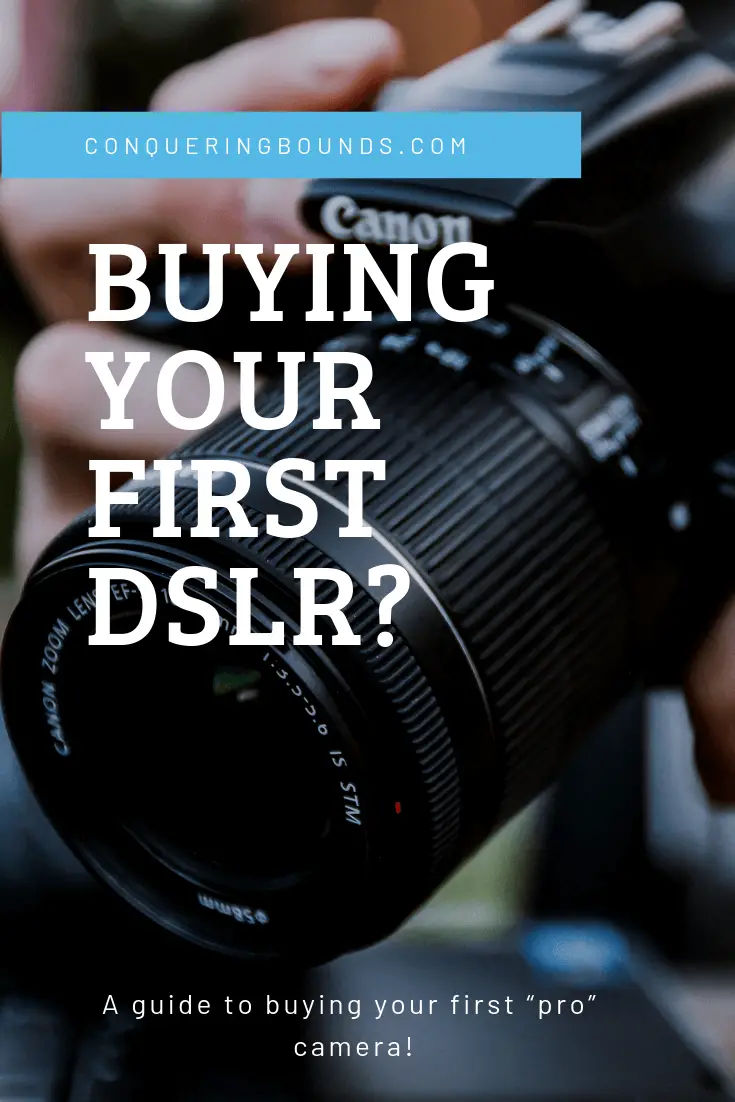
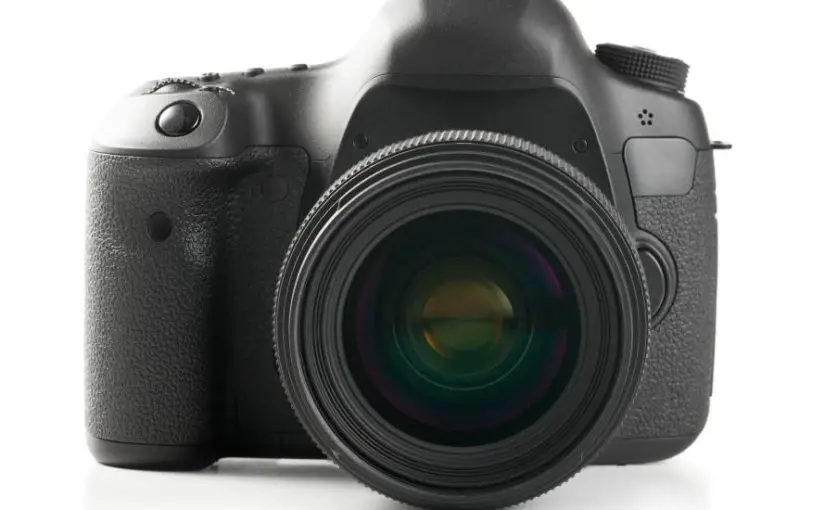
Leave a Reply